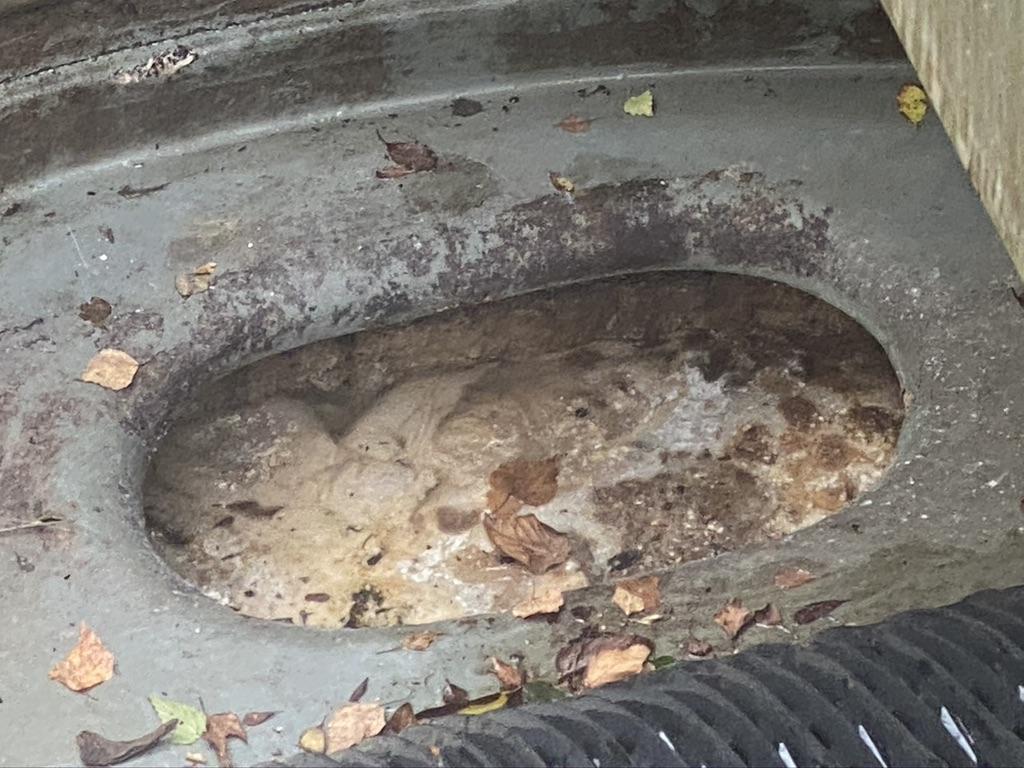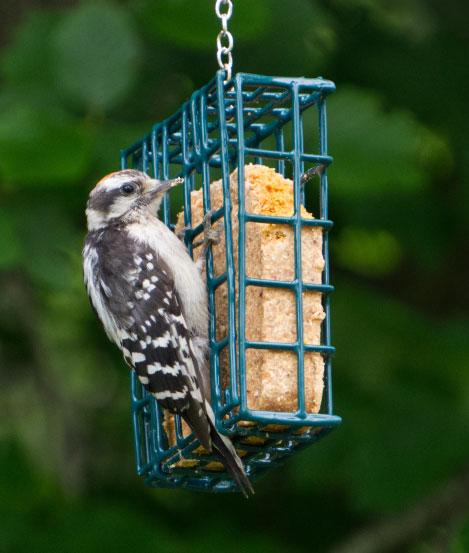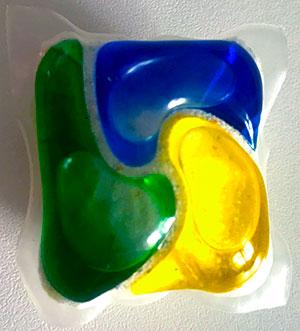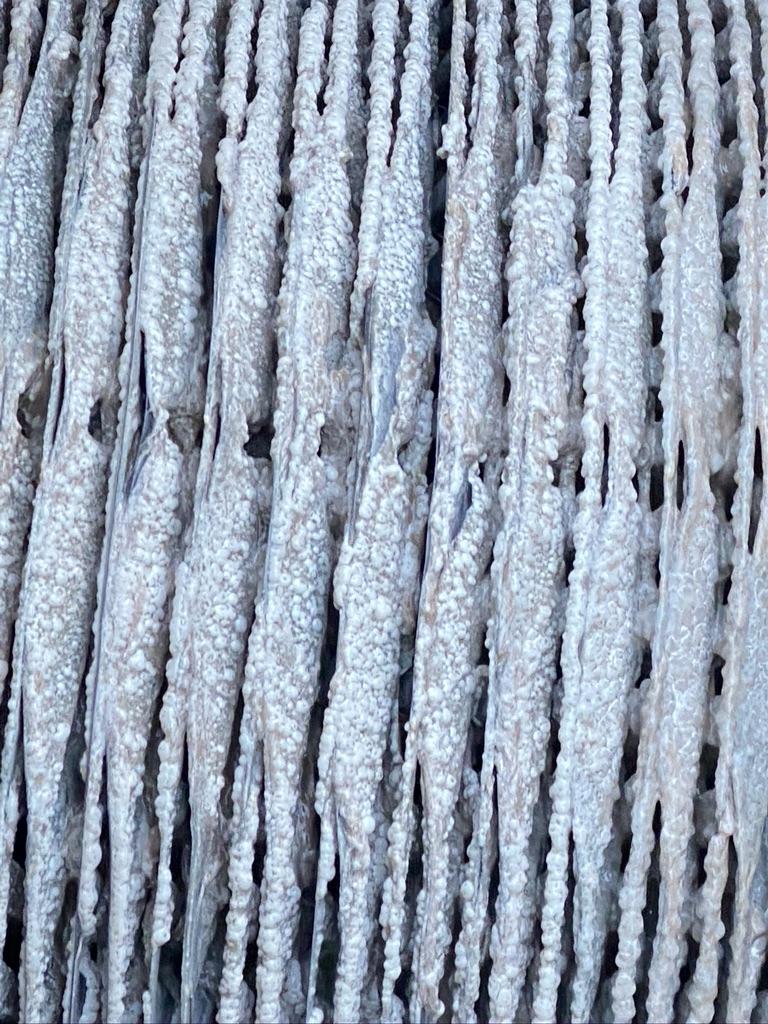“I don't put fat down my drain!”

We understand no one intentionally puts fat down our drains. We also understand that many people may not realize what contributes to the fat that does get in our drains.
The fact that fat is getting in is not debatable. We see it congealed around the float switches of a pumping station or the wheel of a treatment plant. We see the residue build up in the drain pipes as we do a CCTV drain survey – but ‘how’ it is getting in there is in question.
As explained by Thames Water in their blog ‘Bin it - Don’t block it’ ‘60% of sewer flooding in homes is caused by blockages.’ Their ongoing mission is to raise awareness of this issue to help you prevent blockages and sewer flooding at home.
Many factors lead to the build-up of fat clogging up private sewage systems, pumping stations, private drains and public drains. Regardless of what you may read elsewhere using hot water and soap is not going to breakdown and completely clear a fat blockage in your drains. If you have a private sewage system, dislodging any part of the blockage would potentially force it through to your drainage field – which could have phenomenal financial consequences.
The best way to avoid the blockage is to avoid letting the fats, oil and grease into the drains in the first place. We would like to help you understand some of the sources you may not be consciously aware of. Let’s start with the more obvious ones.
Sources of fat in our drains
Dinner plate scrapings.

In many cases, we all do it – subconsciously rinse the plates in the sink before putting them in the dishwasher. Ironically, less food debris would get into sewage systems if we let the dishwasher catch it in the filter and then empty it regularly! However, the ideal scenario is to scrape off the plates into the food waste bin as much as possible.

Baking trays.
Oh, the oil! Even if we use little to no oil in our cooking, there is unavoidably oil and grease that comes out of the food as we cook it, so it’s best to mop that up as much as possible with a kitchen towel or, even better, porridge oats and put it out for the birds (Just make sure it is fully soaked up without residue that can get on the bird's feathers – a little flour in with the mix will help that).
Dishwasher tabs.

There is less awareness of the fats that make up the ingredients of our dishwasher and cleaning detergents. Many dishwasher tabs contain animal fats which only add to the number of fats in our sewers.
Fats may flow like liquid when they are hot, but they begin to solidify as soon as they hit the cold drains. As it congeals around other foreign objects found in our sewers, it results in what is referred to as fatbergs. Alternative options that don’t use fats are available, so we do have a choice about what we put in our drainage.
Washing powder/liquid tabs.
There is so much animal fat used in laundry detergent and softener that our pipes can quickly become lined with fat. And without a regular water flow it will build up to reduce the capacity of the drain pipes. Not only is the build-up due to the products we use but also the fibres from the washing itself.

To understand what must wash away, you only have to see how much lint collects in a tumble dryer filter. We are in a time where slowly but surely people are beginning to realise the impact we all have on the environment, and as a result, there are alternatives to all our cleaning products that don’t contain animal fats. So a product change could help toward the end goal of preventing fats in both public and private sewage systems and pumping stations.
Beauty and Hygiene products.
The beauty industry has been trying to reduce animal testing for years, but there is still a way to go before animal fats are not included in product ingredients. We are not about to demonise anyone's choice of a product; however, we need to be aware that they could contribute to the problem of fat in our drainage.
These factors all contribute to the congealed mess that blocks many drains and private sewage systems, causing expensive repairs and replacement parts.
Another solution.
If you are still not convinced that you can reduce the fat, grease and oil that gets into your sewage system, why not consider a grease trap to intercept the fats before they get into your drains.
If you are experiencing problems with your slow flowing drains, pumping station, septic tank or treatment plant, let us investigate and help you get back to smooth running; call 0800 181 684.

